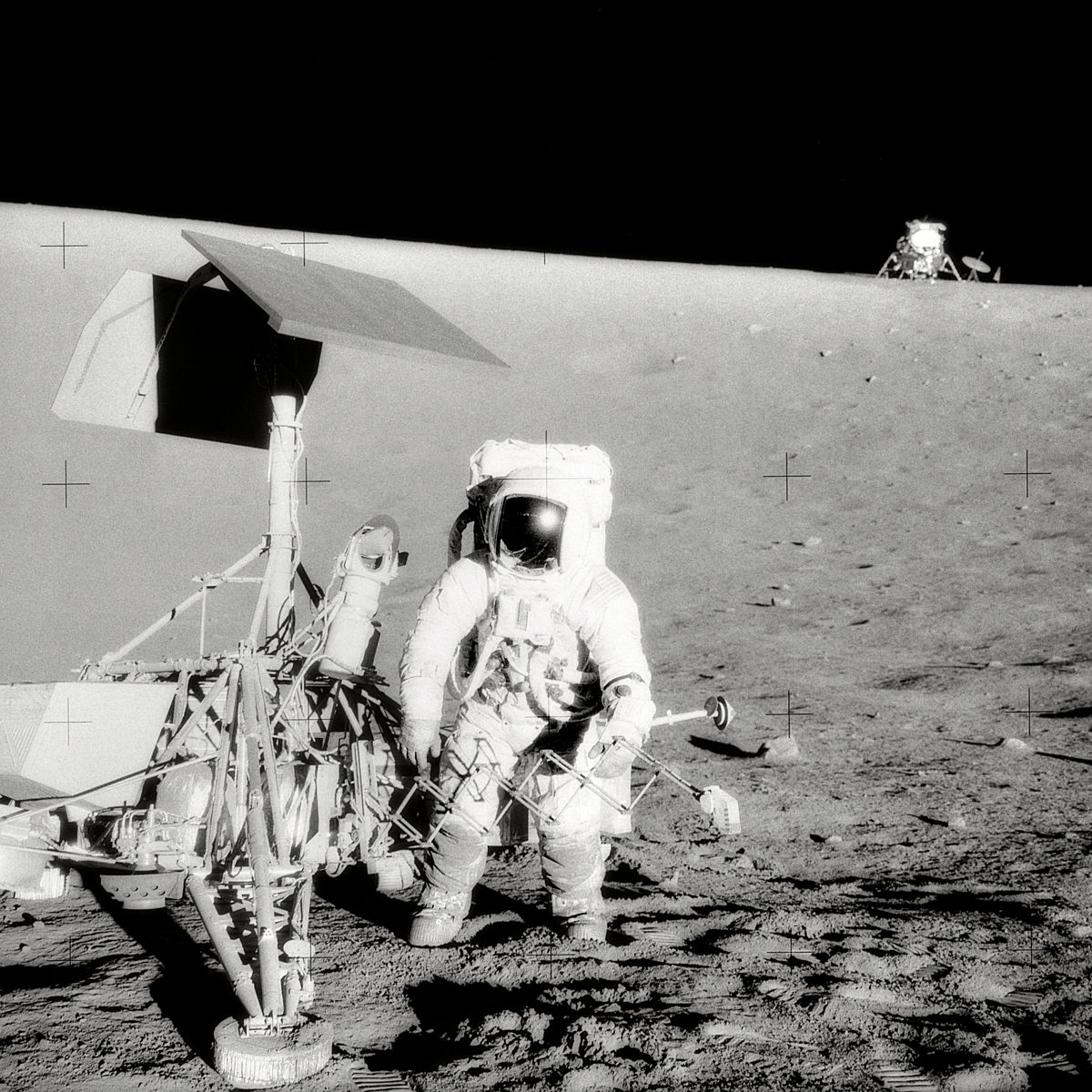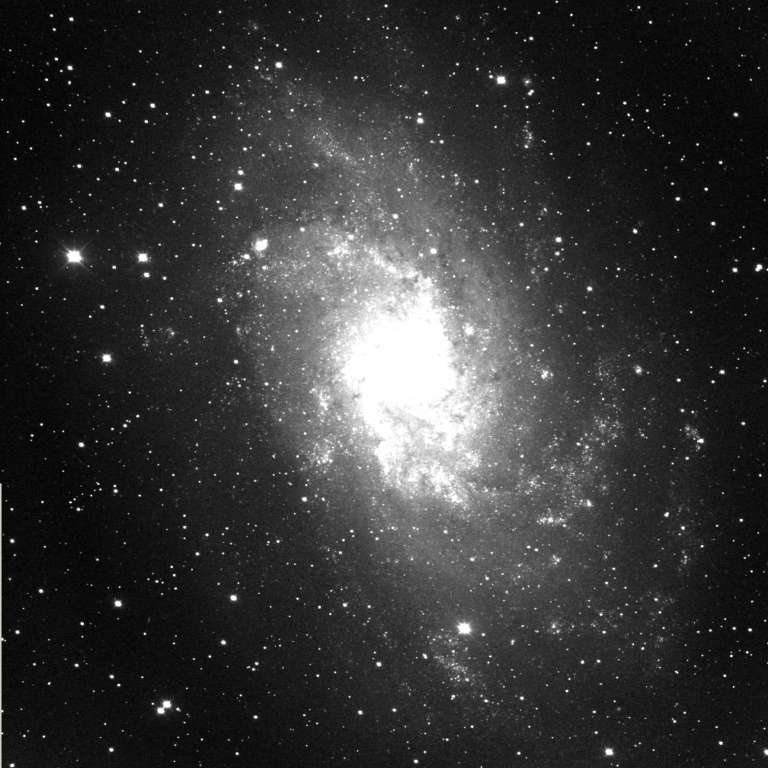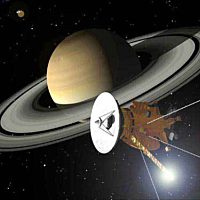Since 2002, Planetary Radio has visited with a scientist, engineer, project manager, advocate, or writer who provides a unique perspective on the quest for knowledge about our Solar System and beyond. The full show archive is available for free.
Search Planetary Radio
Venus Express Project Scientist Håkan Svedhem tells us about the spacecraft’s harrowing descent into the Venusian atmosphere, what it is currently up to, and what he’d like to see next at that forbidding planet.
Kepler-186f is the very first exoplanet that is both the size of our own world and in the habitable zone surrounding its star. SETI Institute scientist Elisa Quintana is lead author of the paper announcing its existence.
The National Research Council released its long-awaited report June 4th. Distinguished space policy analyst John Logsdon returns to Planetary Radio with his take on this latest attempt to determine the proper role of humans in space.
Astronomers Without Borders Founder and President Mike Simmons and his colleagues share the passion, beauty and joy of the night sky from Argentina to Zambia.
Cassini Project Scientist Linda Spilker joins us at the first Starlight Festival in Big Bear Lake, California, and festival MC Andre Bormanis makes a bonus appearance on the show.
Planetary Radio visited Spacefest in Pasadena to talk with planetary scientist and space artist Dan Durda, Marc Rayman of the Dawn asteroid mission, and a guy who calls himself the Space Cowboy. We also eavesdrop on Apollo 17 Commander Gene Cernan and his lifelong fan, Griffith Observatory Curator Laura Danly.
Join the party as we celebrate the 53rd anniversary of humanity’s transition to spacefaring species with Yuri’s Night Executive Director Loretta Hidalgo Whitesides, Virgin Galactic CEO and Yuri’s Night co-founder George Whitesides, and astronaut Ron Garan, who heads Fragile Oasis.
You may have heard that the sometimes deadly Salmonella bacterium becomes stronger in microgravity. Cheryl Nickerson tell us about this and other results her team has conducted in low Earth orbit.
JPL’s Blaine Baggett and former JPL director Ed Stone talk “The Stuff of Dreams,” a documentary about an era in planetary exploration that was both exhilarating and exasperating. Emily Lakdawalla explains why Curiosity has joined the fraternity of backward driving rovers on Mars, and Bill Nye considers the not-too-distant future when airliners and spaceliners will share the sky.
NASA scientist Harley Thronson tells us about a new initiative that is figuring out how we will get men and women to the red planet at a reasonable price. You can read their initial report. Emily Lakdawalla reports on Curiosity’s passage over dunes that made engineers nervous. Bill Nye reveals NASA’s plans for a lunar rover that may launch in 2018. Mat Kaplan joins Bruce Betts in a TV studio to record this week’s What’s Up segment. You can watch!
Good news, for a change! Congress decided to provide $127 million more for planetary science than was requested by the President. Bill Adkins of Adkins Strategies in Washington and the Society’s Director of Advocacy, Casey Dreier say a battle has been won, but the war for science continues. Emily Lakdawalla helps us understand how an eye in the Martian sky helps track Curiosity on the surface. Bill Nye addresses the mastodon in the room, and there’s a new and cool prize for the winner of the What’s Up space trivia contest.
Our celebration of the Mars rovers continues from Southern California Public Radio’s Crawford Family Forum, this week featuring planetary scientist and author Jim Bell, Curiosity Project Scientist John Grotzinger, JPL Mars Engineering Manager Rob Manning and Planetary Society CEO Bill Nye. Emily takes us to Curiosity’s latest find on the red planet, and Bruce Betts joins Mat to gaze at the night sky and give away ISS-Above, the little device that tells you when the International Space Station is overhead.
Opportunity has been rolling across Mars for 10 years! We celebrate the Mars Exploration Rovers and their sisters on the red planet at Planetary Radio Live, this week featuring MER Principal Investigator Steve Squyres. Emily Lakdawalla and Bill Nye join Mat in front of a capacity crowd at Southern California Public Radio’s Crawford Family Forum. Bruce Betts closes the show with a live Random Space Fact and rover trivia contest.
24 spacecraft are either busy exploring the solar system or speeding toward an exciting destination. The Planetary Society's Senior Editor takes us on a whirlwind advance tour.
What a long, wonderful trip it has been for Spirit and Opportunity, the Mars Exploration Rovers. Planetary Society reporter A.J.S. Rayl has been writing about their adventure every month for ten years. She looks back on this week’s show.
The annual fall meeting of the American Geophysical Union revealed lots of science, some of it astounding. Emily Lakdawalla was there with Advocacy and Outreach Coordinator Casey Dreier, whose news was not quite as good.
The successful launch of MAVEN was covered by Mat Kaplan, Bruce Betts and Emily Lakdawalla, with special, launch site reports from Jim Bell and Bill Nye.
What would YOU do with an extra $10 Billion for space exploration and development? That’s what Mat Kaplan asked the passionate space enthusiasts at the 2013 SpaceUp LA Unconference.
Casey Dreier tells the winding tale of Plutonium 238, the radioactive isotope that is vital for exploration of the solar system. The US came dangerously close to exhausting its supply. Even with production restarted, there are major challenges facing explorers.
The Mars Atmosphere and Volatile Evolution Mission (MAVEN) orbiter leaves for the red planet in November of 2013. Bruce Jakosky of the University of Colorado Boulder is its Principal Investigator. Mat Kaplan sat down with Bruce at a recent MAVEN workshop.


 Explore Worlds
Explore Worlds Find Life
Find Life Defend Earth
Defend Earth



















